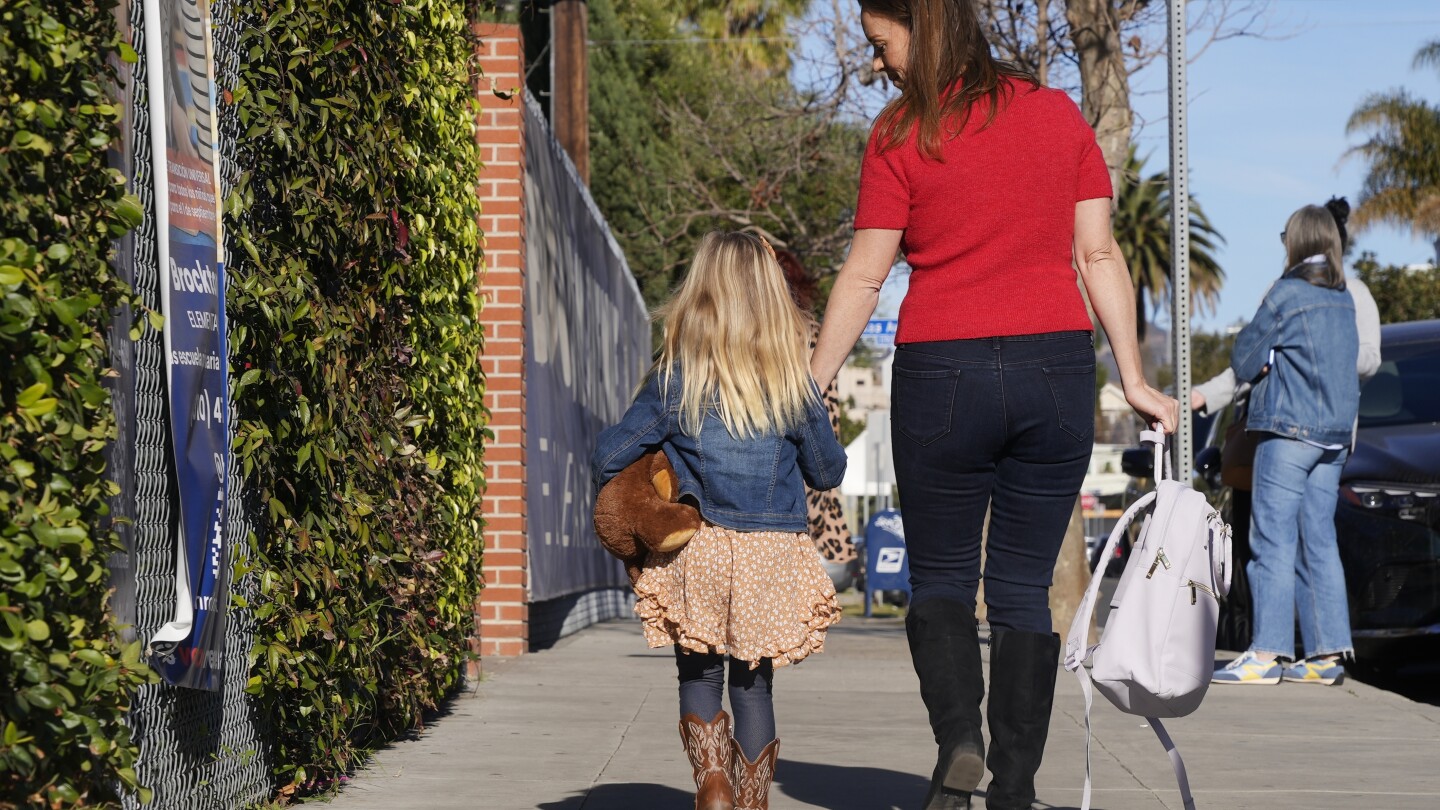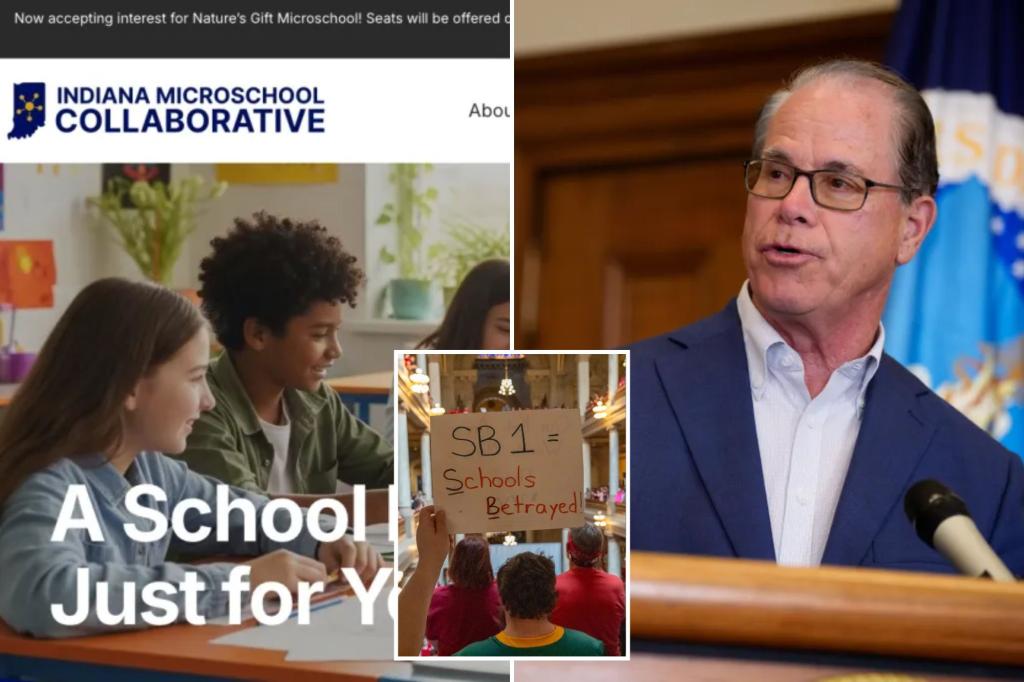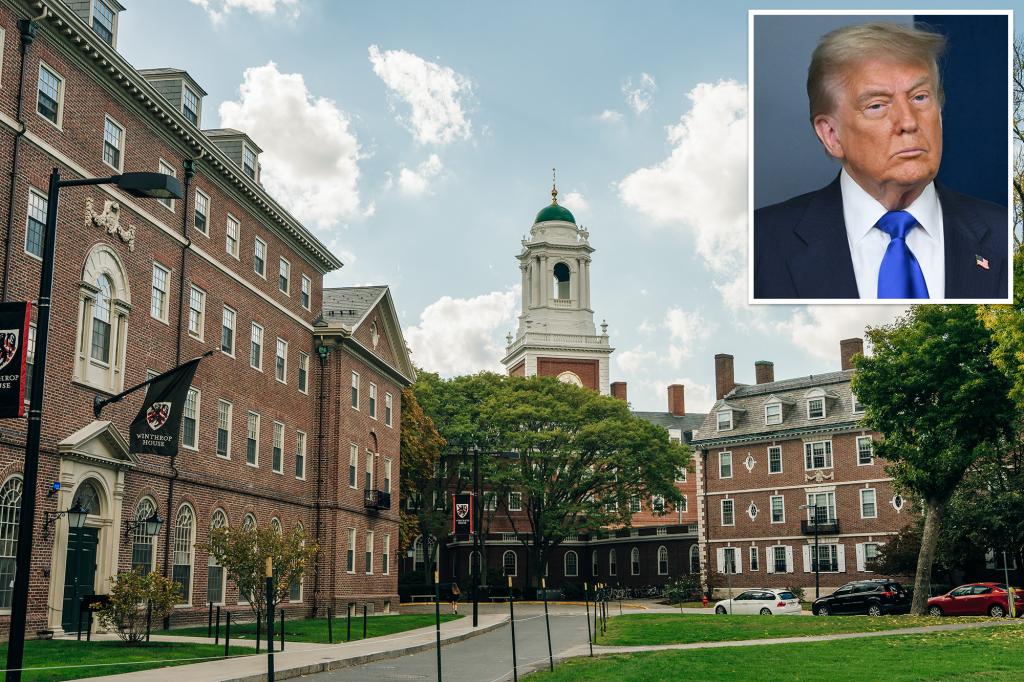Parents on Edge as LA Schools Reopen Amid Wildfire Ash Concerns
As Los Angeles schools prepare to welcome students back, many parents find themselves on edge, grappling with the rising anxiety over potential health risks posed by lingering ash from recent wildfires. The past few years have seen devastating wildfires sweep through California, leaving behind not just burnt landscapes but also clouds of ash that can affect air quality and health. With safety protocols in place, the community is trying to balance the necessity of education and the pressing concerns regarding environmental hazards.
The Impact of Wildfire Ash on Health
Wildfire ash is more than just a nuisance; it can carry harmful particles that pose health risks, particularly for children and individuals with pre-existing conditions such as asthma or respiratory issues. The fine particles found in ash can infiltrate lungs, leading to a variety of health problems including:
- Respiratory irritation
- Exacerbation of asthma
- Increased risk of respiratory infections
- Long-term lung damage with prolonged exposure
The California Air Resources Board has recommended that residents avoid exposure to ash and particulate matter, especially during high winds that can stir up ashes from ground surfaces. As school reopens, parents are rightfully concerned about whether their children will be exposed to these dangers during outdoor activities or even while commuting to school.
School Safety Protocols in Place
In response to these concerns, the Los Angeles Unified School District (LAUSD) has implemented a series of safety protocols aimed at minimizing risks associated with wildfire ash. These measures include:
- Regular air quality monitoring to assess levels of particulate matter.
- Adjusting outdoor activities based on air quality reports.
- Providing masks for students during high ash days.
- Enhancing cleaning protocols to remove ash from school grounds.
School administrators are working diligently to ensure that classrooms are safe and well-ventilated. However, many parents remain skeptical, questioning whether these measures are sufficient to protect their children’s health. The tension between the urgency to return to in-person learning and the need for a safe environment is palpable.
Community Reactions and Concerns
The reopening of schools has ignited a spectrum of reactions among parents and community members. Some parents are eager for their children to return to a structured learning environment, emphasizing the social and educational benefits of in-person classes. In contrast, others are expressing unease, fearing that health risks could overshadow the academic gains.
For many families, the decision to send their children back to school is complex. A survey conducted by the Parent-Teacher Association found that about 60% of parents were concerned about air quality and its impact on their children’s health during the reopening phase. Parents voiced their concerns through community forums, social media, and school board meetings, advocating for more transparency regarding health risks and safety measures.
Expert Opinions on Safe Reopening
Experts in health and education have weighed in on the situation, offering insights into how schools can effectively manage the challenges posed by wildfire ash. Dr. Jane Smith, a public health expert, emphasizes the importance of communication between schools and parents. “It’s vital for schools to keep parents informed about air quality conditions and what steps are being taken to protect students,” she states. She also recommends that schools develop contingency plans for days when air quality is particularly poor.
Moreover, Dr. Smith advocates for a holistic approach to education that incorporates environmental education. Teaching children about wildfires, air quality, and personal health can empower them to make informed decisions about their well-being.
The Role of Outdoor Learning
While concerns about wildfire ash are valid, educators are also exploring innovative solutions to enhance learning experiences without compromising safety. Outdoor learning environments have gained popularity, allowing students to engage with their surroundings while benefiting from fresh air and sunlight. Schools can implement outdoor classrooms where lessons are taught in open spaces, provided that air quality is acceptable.
Incorporating nature into the curriculum can also help students develop a deeper understanding of environmental stewardship. This dual approach not only addresses educational needs but also encourages a sense of responsibility toward the environment, which is crucial in an era marked by climate change and natural disasters.
Community Resources and Support
In light of the ongoing challenges, community organizations are stepping up to provide resources and support for families. Local health departments are offering workshops on air quality awareness, while non-profits are distributing masks and air purifiers to households in need. Additionally, mental health support is being prioritized as many families navigate the anxiety surrounding health risks and educational disruptions.
Parents are encouraged to stay informed about local air quality indexes and to voice their concerns with school officials. Engaging in dialogue can foster a collaborative approach to ensure that children’s health remains a top priority while they pursue their education.
A Path Forward: Balancing Education and Safety
As LA schools prepare to reopen, the path forward is undoubtedly fraught with challenges. However, with proactive safety measures, open communication, and community support, there is hope for a successful transition back to in-person learning. Parents, educators, and health officials must work together to create a safe and nurturing environment for students.
In conclusion, while the anxiety surrounding wildfire ash is understandable, the commitment to prioritize education while ensuring safety is essential. By adopting innovative teaching methods, staying informed, and fostering community engagement, Los Angeles can pave the way for a resilient educational environment that empowers students to thrive, even amid environmental challenges.
See more TED Talks World



